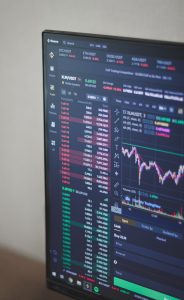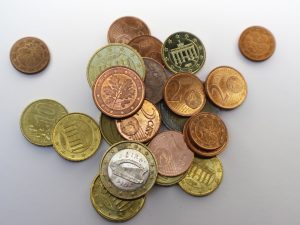Forex math is the backbone of the foreign exchange market. It is the process of calculating the value of a currency pair and determining the profit or loss of a trade. Forex math is not only about numbers but also about understanding the market and analyzing data to make informed trading decisions. In this article, we will discuss how to do forex math and the importance of understanding it.
Understanding Forex Math
Forex math involves performing various calculations to determine the value of a currency pair. The value of a currency pair is determined by the exchange rate, which is the price at which one currency can be exchanged for another. The exchange rate fluctuates based on various economic and political factors such as inflation, interest rates, and geopolitical developments.
To understand forex math, you need to know the basic concepts of forex trading. Forex trading involves buying and selling currency pairs. When you buy a currency pair, you are buying the base currency and selling the quote currency. The base currency is the first currency in the pair, while the quote currency is the second currency.
For example, if you are buying the EUR/USD currency pair, you are buying euros and selling US dollars. If you are selling the EUR/USD currency pair, you are selling euros and buying US dollars.
Calculating Pip Value
One of the essential calculations in forex math is calculating the pip value. Pip stands for “percentage in point” and represents the smallest unit of measurement in forex trading. The pip value determines the profit or loss of a trade.
To calculate the pip value, you need to know the size of your trade, the exchange rate, and the currency pair. The formula for calculating the pip value is as follows:
Pip Value = (Trade Size x 1 pip) / Exchange Rate
For example, if you are trading 1 lot (100,000 units) of the EUR/USD currency pair, and the exchange rate is 1.1200, the pip value would be:
Pip Value = (100,000 x 0.0001) / 1.1200
Pip Value = 8.93 USD
So, if the exchange rate moves up by one pip, you will earn 8.93 USD, and if it moves down by one pip, you will lose 8.93 USD.
Calculating Profit and Loss
Another essential calculation in forex math is calculating the profit and loss of a trade. The profit and loss calculation is based on the pip value and the number of pips gained or lost.
To calculate the profit or loss, you need to know the size of your trade, the exchange rate, the entry price, and the exit price. The formula for calculating the profit or loss is as follows:
Profit or Loss = (Pip Value x Number of Pips) x Trade Size
For example, if you bought 1 lot of the EUR/USD currency pair at 1.1200 and sold it at 1.1300, you would have gained 100 pips. The profit calculation would be:
Profit = (8.93 USD x 100 pips) x 100,000 units
Profit = 89,300 USD
So, you would have earned a profit of 89,300 USD on this trade.
Understanding Margin and Leverage
Margin and leverage are two essential concepts in forex trading that also involve forex math. Margin is the amount of money required to open a trade, while leverage is the amount of money borrowed from the broker to open a trade.
To calculate the margin, you need to know the size of your trade and the margin requirement set by your broker. The formula for calculating the margin is as follows:
Margin = Trade Size / Leverage Ratio
For example, if you are trading 1 lot of the EUR/USD currency pair with a leverage ratio of 1:100, the margin required would be:
Margin = 100,000 units / 100
Margin = 1,000 USD
So, you would need 1,000 USD in your trading account to open this trade.
Conclusion
Forex math is an essential part of forex trading. It involves performing various calculations to determine the value of a currency pair and the profit or loss of a trade. Understanding forex math is crucial for making informed trading decisions and managing risk. By mastering forex math, you can become a successful forex trader and earn profits in the foreign exchange market.





